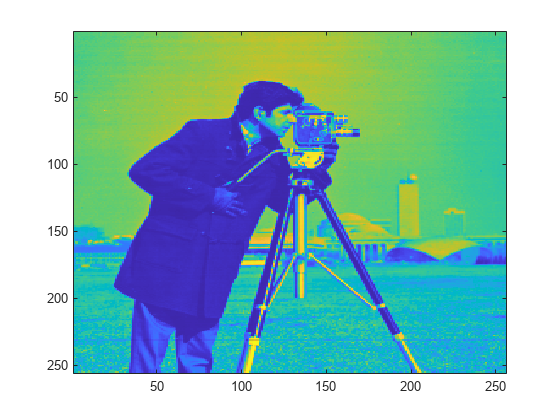ihaart2
Inverse 2-D Haar wavelet transform
Description
xrec = ihaart2(___,integerflag)
Examples
Input Arguments
Output Arguments
Extended Capabilities
Version History
Introduced in R2016b





